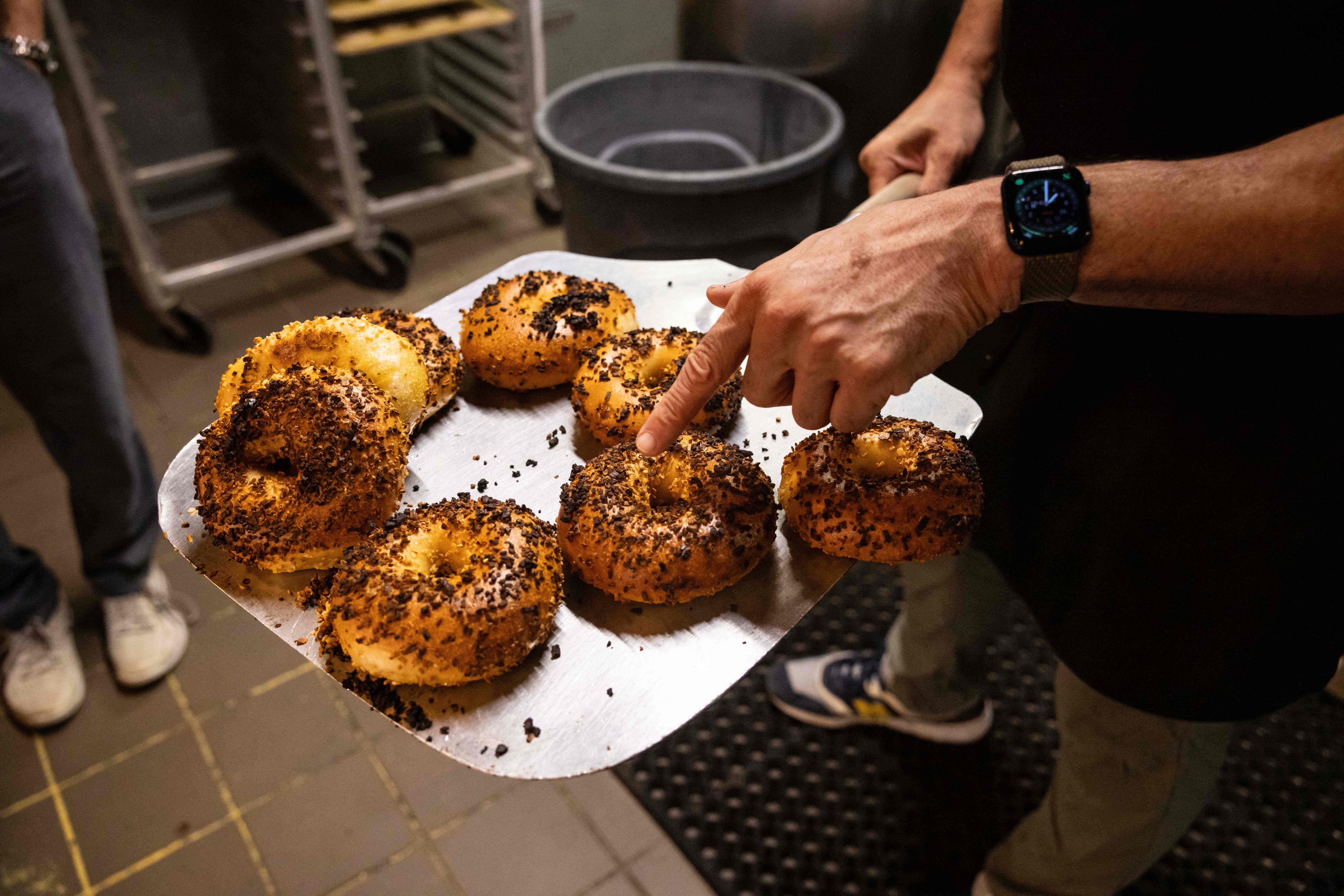Criminal gangs in parts of New York City are getting increasingly savvy at carrying out violent crimes and eluding police detection, thanks to a practice of hiding and sharing so-called "community guns," police and prosecutors say.
“They don’t want to keep the weapons on them but want to have access to them,” said Manhattan District Attorney Cy Vance. “It poses challenges in terms of prosecution, to the police on the street. It all puts the weapon in the hands of a larger number of people."
Community guns are often used by gang members to enforce drug territory. But several recent shootings have resulted in the deaths of innocent civilians, including children. Four-year-old Lloyd Morgan was hit by a stray bullet last summer while on a Harlem basketball court with his mom; Zurana Horton, a pregnant mother, was killed by a bullet fired from a community gun last summer.
Law enforcement surveillance video obtained by the News 4 I-Team shows suspected gang members sharing weapons and hiding them in public places like building mailboxes, garbage cans or under the wheel of a car.
”They have unique ways of hiding these guns," said Inspector Kevin Catalina. "Every gang member has access. It can be in a garbage can, under a tree. They go get it, bring it to a location and then carry out the shootings.”
Catalina said gang intelligence units have made more than two dozen arrests and seized more than a dozen guns this past year. As a result, crime is down – but the community gun problem continues.
“We have a couple of gangs that pose a particular problem for us over here,” said Catalina. He pointed to one crew that uses a .45-caliber weapon to shoot rivals. In one recent shooting, a 10-year-old child was caught in the crossfire in Claremont Park near Webster Avenue, though the child was able to escape unharmed.
Local
Police said gang members know they are under increased surveillance so they take the added measures to try to hide their weapons. Some use children as young as 12 years old to carry weapons for them because they believe police are less likely to stop and question a teen or child.
“This is the way they operate. It is very rare that one individual will have access to a gun full time,” Catalina said.
Ballistic tests can often match a community gun to a shooting, but finding the shooter can be more difficult, according to Sgt. Richard Zacarese.
“Often you’ll recover the gun, and if that gun was used in numerous shootings, the person you caught with it isn’t necessarily the person who used the gun, since it was passed to hand to hand to hand,” said Zacarese.
Vance highlighted the recent case of Afrika Owes, a 17-year-old prep student who admitted she stored and carried weapons for a violent Harlem drug gang. In prison recordings of phone conversations she had with a gang leader on Rikers Island, she boasted of carrying three guns for the gangs, including a 9 mm.
Police and prosecutors are now using conspiracy laws to bring cases against suspected gang members who are caught with or are known to have used community guns.
“We are always confronted with a changing crime dynamic,” Vance said. “I think the community gun circumstance is an adaptation to effective prosecution and police action. It’s designed to try to insulate themselves from being caught with weapons on their person."



